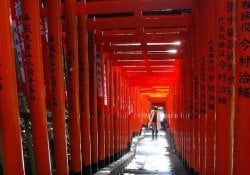Have you ever heard of the rice pudding called mochi [餅]? They are chewy, sticky rice balls resembling gum. In this article, we will see all about this essential ingredient in Japanese cuisine.
The mochi It is made by beating sticky Japanese rice called mochigome until it turns into a dough. Basically it is glutinous rice ground into paste and then molded. Mochi is a common ingredient in many Japanese dishes, desserts and sweets.
You can find different types of sweets made from mochi throughout the year in every corner of Japan. Traditionally it is part of the end of year and new year festivities.
different types of wagashi (traditional sweets) are made with mochi, there are even ice creams and soups. The most traditional mochi is a flat white ball. So as not to stick to the hand, it is sprinkled with flour.
A good move is to grill the mochi and eat it with soy sauce and sugar, is a very common and delicious way.
Índice de Conteúdo
the origin of mochi
The exact origin of mochi is unknown, but it is believed to have emerged from China like everything else in the world. Others believe that mochi has been present in Japanese culture for thousands of years since the It was Jomon.
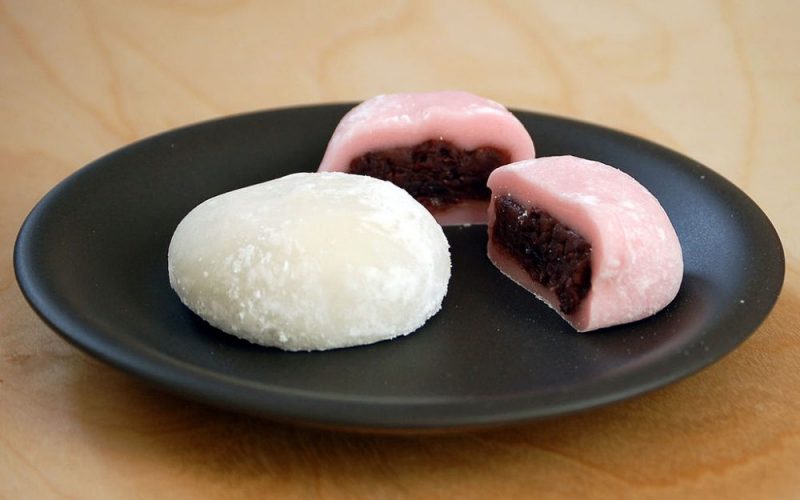
Mochi is an essential object in the festivities of the end and beginning of the year, this tradition began in the Heian Era (794-1185) and soon after was used as offerings in religious ceremonies.
There are several theories to explain the name mochi, one of them claims that it comes from the verb motsu [持つ] which means to keep or take. Others claim that it is divine food, or is related to the word full moon (mochizuki) or viscosity (muchimi).
Similar sticky rice cakes are found all over Asia in China, Thailand, Laos, Myanmar, Korea and the Philippines. All are made from glutinous rice, beaten and ground. Some are also used in annual traditions and festivities.
Mochitsuki - New Year Festival
The mochitsuki It's a festival that people participate during the new year, to pound the rice into mochi. As a New Year's Eve rite, the collective husking of rice carried out on the eve of the New Year is emblematic: it represents the certainty of the reward of the arduous and solidary effort.
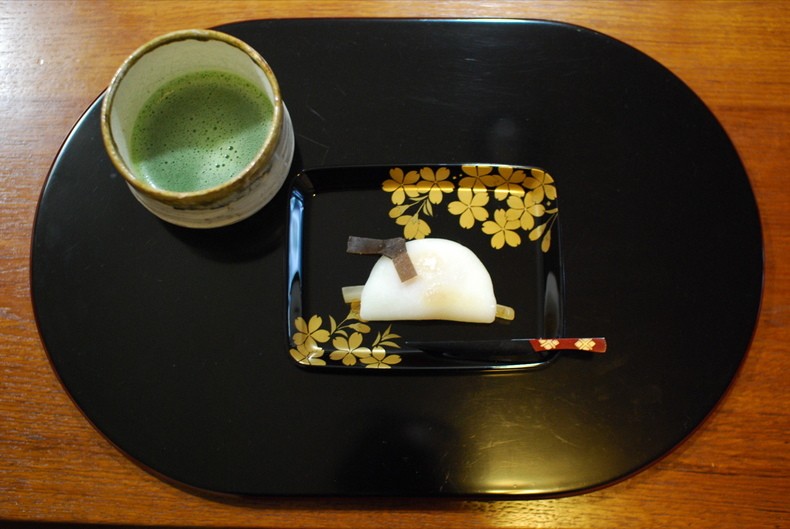
Now the distribution of mochi no shogatsu, represents the renewal of hope of plenty at the table throughout the year that is starting again. O mochitsuki is the traditional way of making mochi, where it consists of beating the whole grains of rice in a pestle called “use".
You shouldn't make mochi on the 29th of December as it can bring bad luck. This is because the “ku” in the number 9 resembles words like pain [苦] and darkness [黒].
for the ceremonial:
- The polished glutinous rice is soaked overnight and cooked;
- Cooked rice is beaten with a bundle (kine) into a gram (use). Two or more people work in rhythmic movements, kneading, turning and moistening the dough;
- The macerated dough is molded into various shapes, depending on the location. In Osaka it takes a spherical shape, in Tokyo the shape is cubic;
although the mochitsuki not necessarily a religious celebration, most Japanese families celebrate the passing of the year by offering motive to deities in their domestic oratories, which is why there are household appliances that do the motive even outside of Japan.
Making mochi with a pestle can be dangerous, as your hand takes milliseconds from being crushed by a wooden stick, as shown in the video below:
Different varieties of sweet DE Mochi
Kusa Mochi - Literally meaning grass, it has a green color flavored with mugwort (yomogi). There is also the Kinako mochi which is topped with a ground roasted whole soy flour.
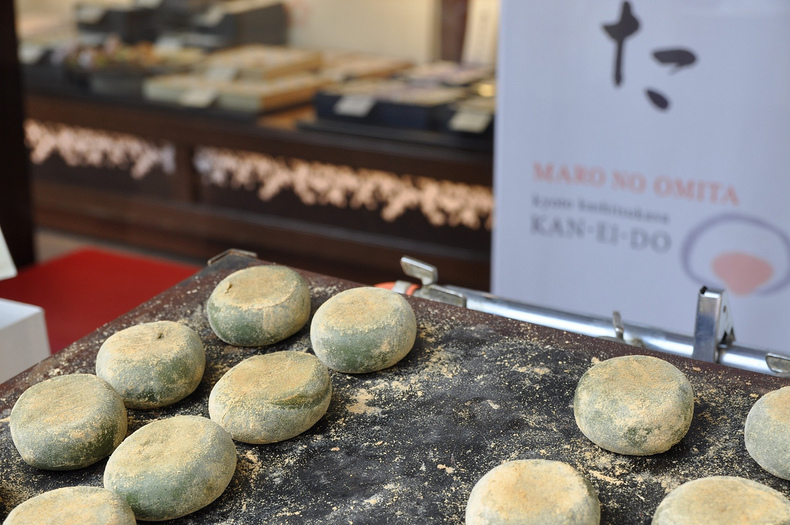
Daifuku [大福] – Daifuku, is a Japanese candy that consists of small balls of mochi stuffed with something sweet, usually anko (dzuki bean paste). The daifuku appears in several different forms, some put strawberry creating the Ichigo daifuku.
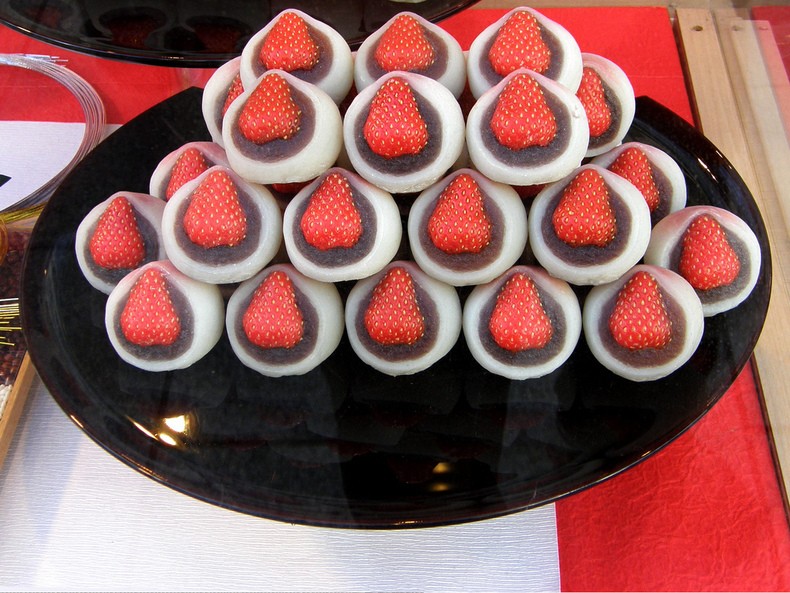
mot ice creami – They are small colored balls filled with ice cream. When produced by traditional methods, when frozen it becomes as hard as a rock. That's why it's typically made with a special flour called mochiko that produces a similar texture. The first recipe was released in 1981 under the name Yukimi Daifuku.
Warabi Mochi - A jam made from fern starch and covered in kinako. Warabi does not contain rice, but is widely considered a type of mochi.
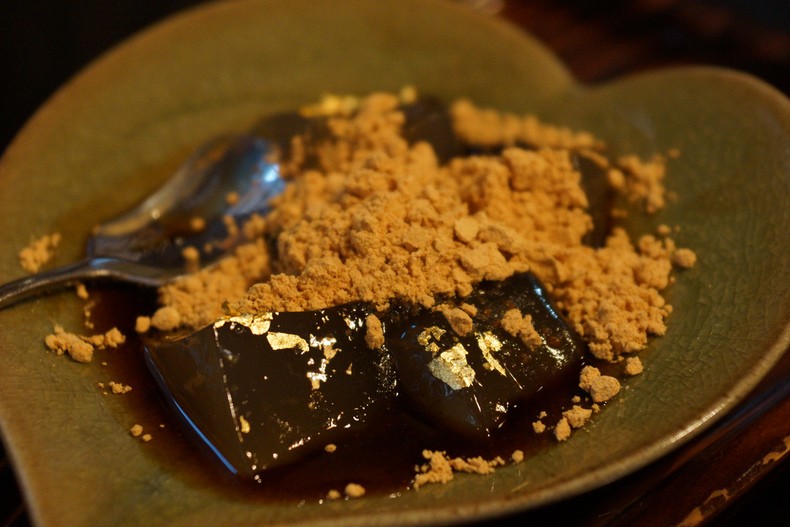
Dango – A Japanese dumpling made from mochiko. Dango has a similar texture and flavor to mochi. It is often served with green tea and has its own variations such as Hanami, Mitarashi, Bocchan and Denpun.
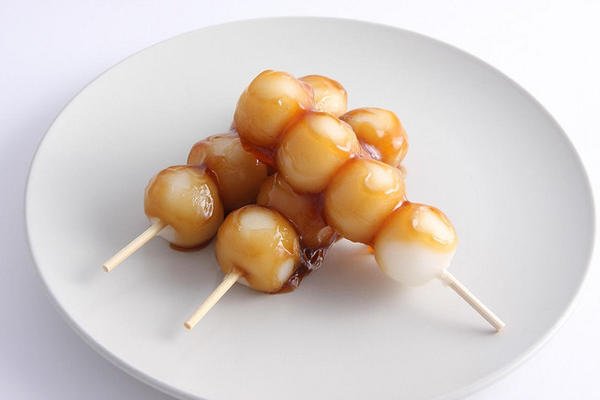
Uiro Mochi – A Japanese baked cake made from rice flour and sugar. Another dessert that isn't a true mochi, but is named for its rubbery texture.
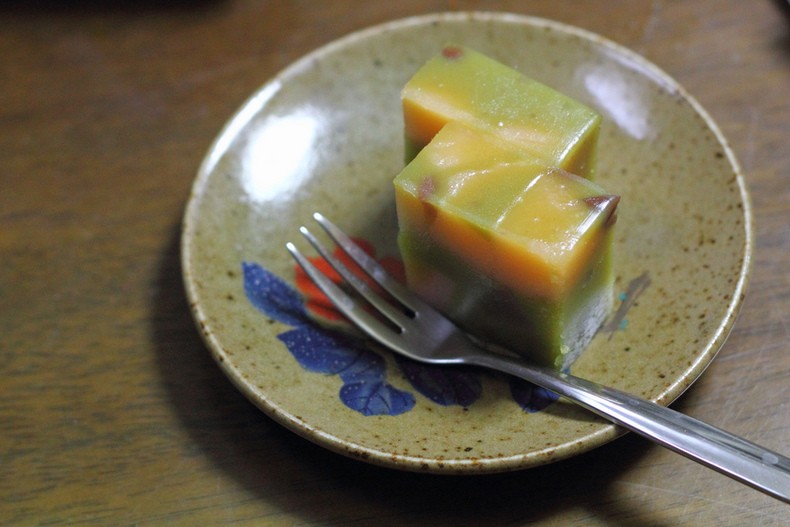
The article is still halfway through, but we recommend also reading:
Different varieties of dishes
Kirimochi or Kakumochi are blocks used as a basic ingredient in Japanese cuisine. It is often added to noodles, stews or any dish you can imagine.
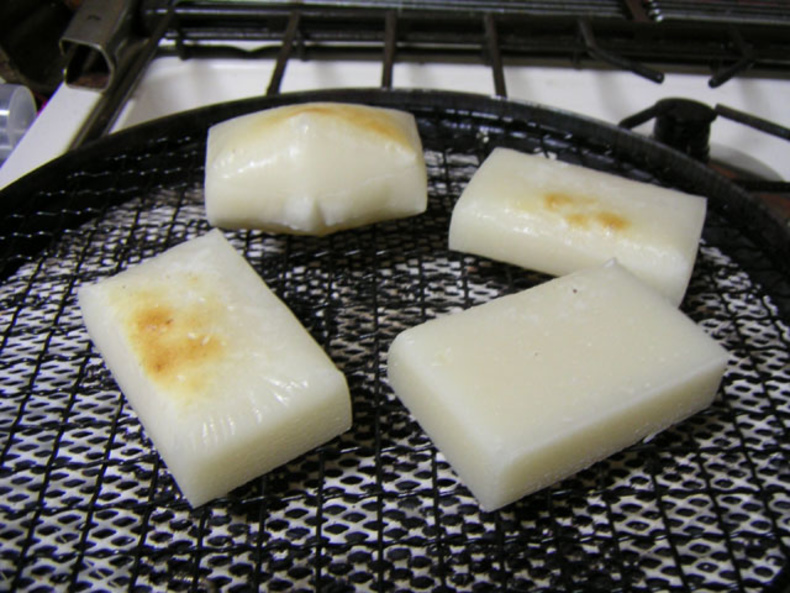
Oshiruko - A dessert soup, made with adzuki beans and pieces of mochi.
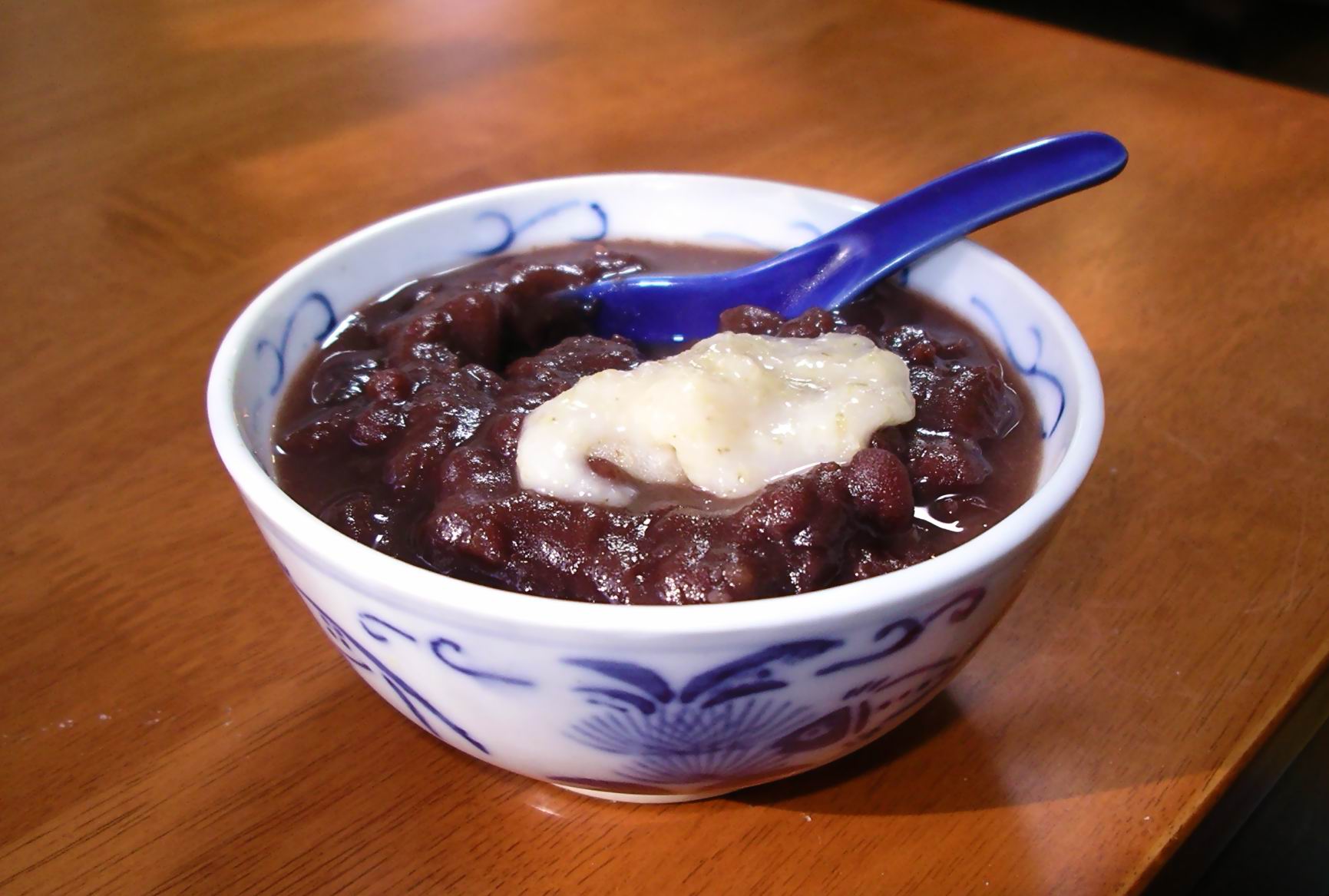
Chikara Udon - The thick noodles Japanese made from wheat flour, this time topped with toasted mochi.
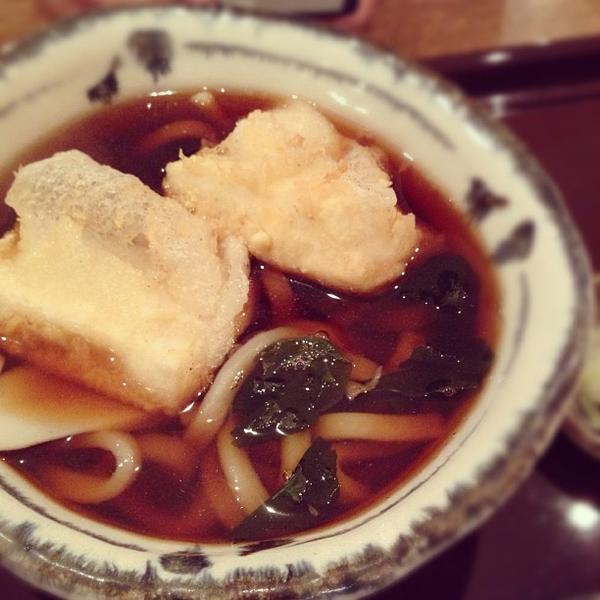
zone – A samurai soup made with vegetables. Zoni is often a New Year's dish.
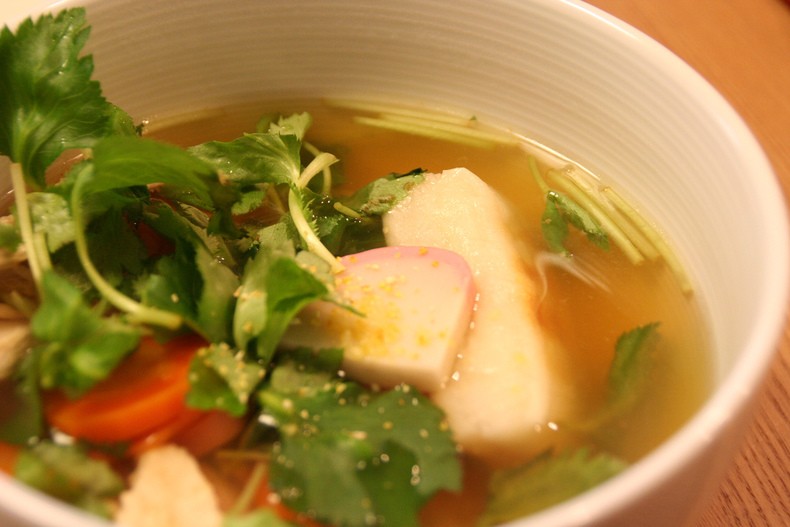
Traditional and special mochi
Kagami Mochi [镜饼] – A special Japanese New Year decoration to bring good luck and prosperity. He got that name because kagami is one of the three sacred objects from Japan.
Hishimochi - A diamond-shaped sweet to be served at the Hina Matsuri (girls' Day). It has three layers of colors, where the red part is colored with jasmine flowers, the white with water chestnut and the green with mugwort.
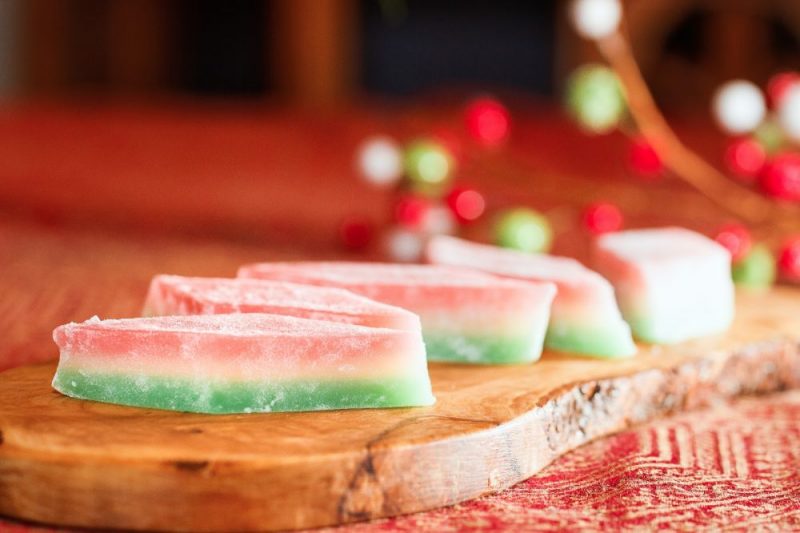
Sakuramochi They are flavored and colored with cherry blossoms. They are typically filled with red bean paste and wrapped in a pickled cherry leaf. In Osaka, they are made with coarse-grain rice flour and have a consistency similar to rice pudding. In Tokyo, sakuramochi has a smoother texture.
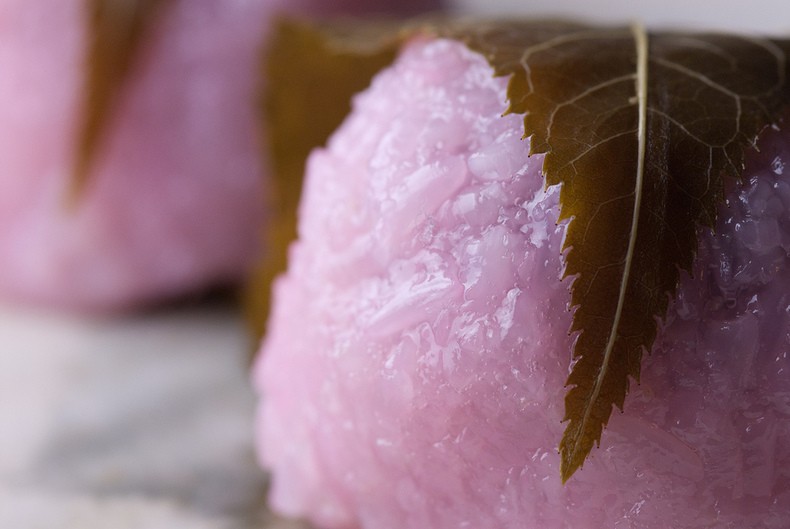
Hanabira Mochi - Literally meaning Flower Petal, they are consumed on New Year's Day and at the first tea ceremony of the New Year in a tradition started by the imperial family. It has a distinctive shape with white on the outside and red on the inside.
The white is translucent to show the pink below, resulting in a delicate color thought to resemble the petal of a Japanese plum blossom. The interior is filled with anko.
Did you know these different types of mochi? If you liked this article, share it and leave your comments!

